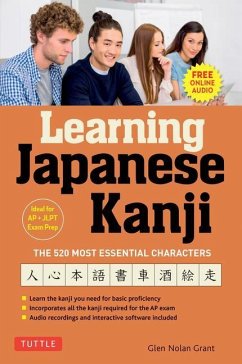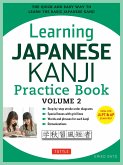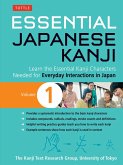An enjoyable and effective way to learn Japanese kanji! This useful reference book helps self-study and classroom students remember the meanings and pronunciations of 520 essential kanji. An otherwise daunting task, memorization is made easier with this book--which uses mnemonic techniques based on the psychology of learning and memory. Key principles include the use of visual imagery, the visualization of short "stories," and the systematic building-block approach that shows how more complicated characters are constructed from basic elements. This is a practical guide with a clear, concise, and appealing layout; it is well-indexed with easy look-up methods. The kanji in this volume give you the majority of characters you will encounter in daily life, from newspapers to street signs. It also includes the kanji required for the AP Japanese exam and N4 & N5 JLPT tests. Accompanying audio provides recordings by native Japanese speakers to perfect your pronunciation and stroke-order animations help teach you how to write naturally, both of which are available online.
Bitte wählen Sie Ihr Anliegen aus.
Rechnungen
Retourenschein anfordern
Bestellstatus
Storno








